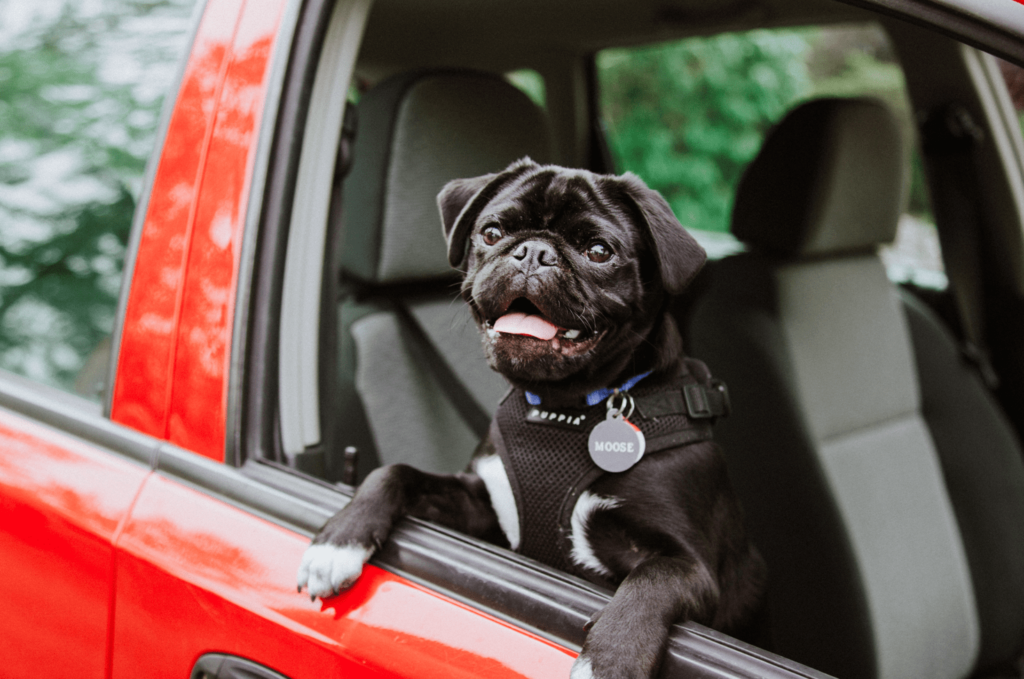
How to Travel with Your Pet: The VetBox Guide
Traveling can be an exciting adventure for both pet owners and their furry companions. However, ensuring the comfort and safety of your pet during trips requires careful planning and preparation. This comprehensive guide covers everything from finding pet-friendly accommodations to travel safety tips, ensuring you and your pet have a pleasant journey together.
Preparing for the Trip
Health and Documentation: Before embarking on any trip, make sure your pet is healthy. Schedule a visit to the vet to ensure all vaccinations are up to date and obtain a health certificate if required, especially for air travel. Don’t forget to ask about preventative medications for travel-related issues like motion sickness.
- ID Tags and Microchips: Update your pet’s ID tags with your current contact information. It’s also wise to have your pet microchipped in case they get lost during your travels.
- Packing Essentials: Pack a bag for your pet that includes food, water, bowls, leashes, waste bags, grooming supplies, and any medications. Also, bring along a favorite toy or blanket to provide comfort and a sense of familiarity.
Choosing the Right Mode of Transportation
By Car:
- Secure Your Pet: Use a pet seatbelt, carrier, or vehicle pet barrier to keep your pet safe and prevent distractions while you drive.
- Breaks: Plan for regular stops (every 2-3 hours) to allow your pet to stretch, relieve themselves, and drink water.
- Never Leave Pets in a Parked Car: Even with the windows cracked, temperatures in a parked car can skyrocket, leading to dangerous conditions for your pet.
By Plane:
- Choosing an Airline: Opt for a pet-friendly airline that has clear pet policies. Understand the difference between cabin travel and cargo travel, and choose what is safest and most comfortable for your pet.
- Direct Flights: Whenever possible, book direct flights to minimize the stress of layovers and reduce the risk of mishandling or delays.
- Visit the Vet: Some airlines require a health certificate issued within 10 days of travel. Discuss sedation and hydration with your vet.
By Train or Bus:
- Know the Policies: Many train and bus services have specific pet policies. Typically, pets need to be in a carrier, and there may be restrictions on size and breed.
- Prepare for the Environment: Ensure your pet can handle the confined space and often crowded nature of public transportation.
Finding Pet-Friendly Accommodations
- Research Ahead: Use websites and apps that list pet-friendly hotels, Airbnb, or vacation rentals. Check for any restrictions on size, breed, or the number of pets allowed.
- Understand the Fees: Some accommodations may charge an extra fee for pets or require a deposit. Make sure you understand these fees and any other rules regarding pets.
- Consider the Location: Look for accommodations with plenty of green space nearby for walks and exercise.
Safety and Comfort During the Stay
- Settling In: Upon arrival, help your pet acclimate to the new environment. Set up their feeding station and a sleeping area with familiar items like blankets or toys.
- Routine: Try to maintain your pet’s regular routine as much as possible to minimize stress. Stick to their usual feeding and walking schedule.
- Exploration and Exercise: Make sure your pet gets plenty of exercise and time to explore. This can help them burn off energy and reduce anxiety.
Handling Emergencies
- Find a Local Vet: Know the location and contact information of a local veterinarian near where you will be staying.
- Pet Insurance: If you frequently travel, consider investing in pet insurance that covers emergencies away from home.
- Emergency Kit: Include a basic first aid kit for your pet with items like bandages, tweezers, antiseptic wipes, and a copy of their medical records.
Conclusion
Traveling with your pet can be a rewarding experience, but it requires proper planning and consideration of their needs. By following these guidelines, you can ensure a safer and more enjoyable travel experience for your beloved companion. Remember, the key to a successful trip with your pet is preparation, awareness of their comfort level, and adaptability to the circumstances. Whether by car, plane, or train, your journey together can be a memorable adventure.